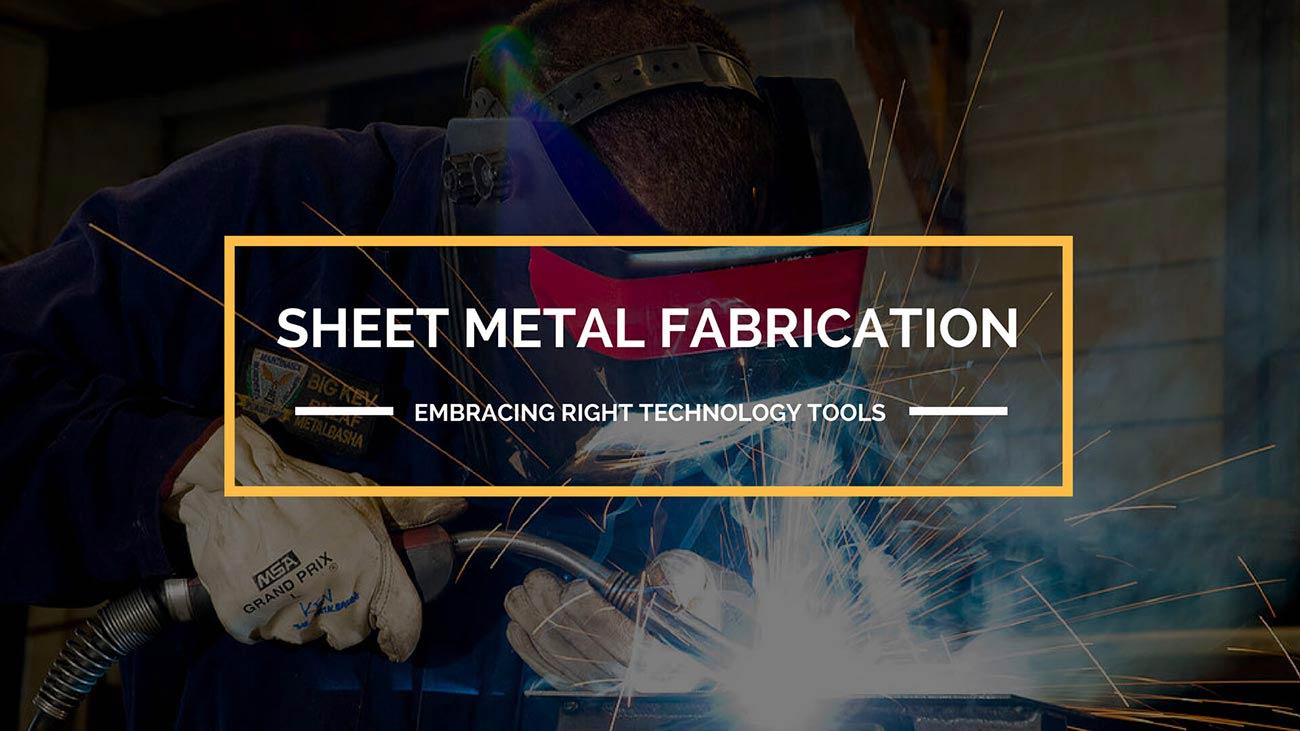Sheet metal fabrication is one of the highly competitive industries and is equally a skill-intensive sector. But with the growing challenges in terms of delivering products on time with reduced cost while adhering to regulatory terms, is keeping fabricators from enjoying the profit margins that are actually achievable if they adopt the right technology tools within their fabrication processes.
With challenges ranging from growing customer expectations and meeting deadlines to providing accurate quotes and training the resources with new technology tools, fabricators have come to a point where there is little scope for inefficiency, in order to keep pace with the competition. However, to come out of this scenario, fabricators need to take critical steps to bring reforms in their processes and bring in the technology tools that are new, yet familiar. While it is clear that adopting new technology tools is the need of an hour, there are few steps that fabricators need to follow in order to ensure that the idea of bringing a change remains profitable and sustainable for the future.
Moving from 2D to 3D CAD
The very first requirement for any fabricator today is to shift their 2D processes to 3D CAD. The transition to 3D may seem like a daunting task because there may be tons of legacy drawings and design data that require conversion. But, having a 3D CAD for sheet metal fabrication is a must, as it essentially avoids the possibility of errors in design communication. 3D CAD certainly helps in reducing material wastage and provides clear communication to all the stakeholders. And there are always 2D drawings, flat patterns, and CNC files that one can extract from the 3D sheet metal design. To keep the process of 2D to 3D CAD conversion smooth, the ideal solution is to get an engineering services partner on board. This association necessarily reduces the burden of managing additional resources that can otherwise by trained to use the new technology tools.
The idea of moving to 3D is indeed a necessary step. But, it is equally important to choose a right technology tool that meets the shop floor requirements. There are over a dozen of CAD tools available, but not every tool can be a perfect fit for your particular fabrication unit. It is therefore necessary to evaluate the 3D CAD tools not only from the pricing point, but also for all the necessary features that are required. Being one of the widely used CAD tools, SolidWorks has got sheet metal design features that provide easy design and development of fabrication drawings. Designers can also quickly generate flat patterns or incorporate DFM rules in the model itself. You can get a host of other features that can assist in smooth fabrication of the components.
Incorporating Design Automation
The most important benefit with the adoption of a parametric 3D CAD modelling tool is that you get an ability to use the 3D data for multiple purposes. For example, 3D sheet metal models can be used to produce 3D photorealistic renderings for marketing collaterals. However, one of the productive applications of 3D models is in design automation. Being parametric, sheet metal products with same but different configurations can be developed quickly through design automation. One simply needs to define design logic for a master model and the variants of the same model can be generated automatically with fabrication drawings by simply feeding the dimensions through a form. This process can significantly reduce the time required to design and fabricate products that have same design features with slightly different variations.
In addition, design automation can also be used to generate accurate quotes by incorporating the cost of material and fabrication within the design logic itself. This further helps in providing customers with exact cost and that too in very less time.
Adoption of 3D CAD for sheet metal fabrication is undoubtedly the right step for fabricators to stay ahead in the competition. However, establishing a right process to transform the conventional 2D operations to 3D is also essential. 3D CAD brings a host of benefits, but it is also crucial to select the right tool that fits the needs of a specific fabrication unit.




